The Americas
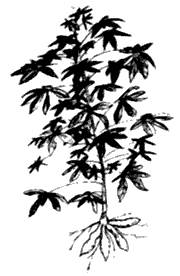 Cassava Cassava
Manihot esculenta
Spurge family
Native to Mexico, Guatemala, and northern Brazil, cassava
is now grown throughout the tropics. It is the starch staple of over 500
million people. The roots are peeled and boiled (like potatoes) or made
into a flatbread. It is in the same family as poinsettia and wild varieties
can be toxic if not prepared correctly. Tapioca is made from heated, purified
cassava starch and is a common thickening agent.
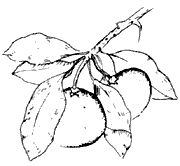 Chicle
or Sapodilla Chicle
or Sapodilla
Manikara zopota
Sapodilla family
Chicle, the original base for chewing gum, comes from
the latex (sap) of a tree native from southern Mexico to northern Brazil.
When the trunks are scored with diagonal down-sloping cuts, the latex flows
from the bark. It is collected, molded into blocks, and shipped for processing,
where sugar and flavoring are added. Today chicle has been largely replaced
with the latex from other trees and by synthetic gums. The fruit of the
chicle tree, sapodilla, is delicious.
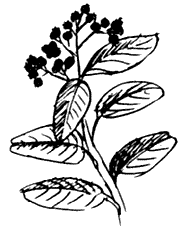 Allspice Allspice
Pimenta dioica
Myrtle family
Allspice is not a mixture of spices but rather a single
fruit that contains the flavors of nutmeg, cinnamon and cloves. The Maya
used allspice to embalm the bodies of their leaders.
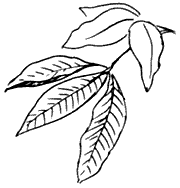 Rubber Rubber
Hevea brasiliensis
Spurge family
Rubber trees are native to the Brazilian Amazon but now
are also grown in plantations in Southeast Asia. Diagonal slashes are made
in the bark of the tree and the latex sap that exudes is collected. The
latex is mixed with water and heated over a smoky fire to produce a ball
of rubber ready for processing. Today most rubber is synthetic; natural
rubber is restricted to specialized uses.
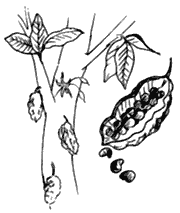 Cacao Cacao
Theobroma cacao
Sterculia family
Cacao is native to the eastern Andes. The Maya and Aztecs
made a beverage from the seeds of this plant calling it the "food of the
gods." The seeds, after being fermented and pulverized, were mixed with
water to produce a beverage. It was not until Europeans added sugar and
milk that the world came to know chocolate as we do today. Today, major
production areas are in West Africa, Brazil, and Mexico.
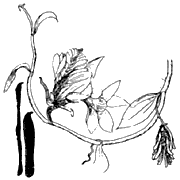 Vanilla Vanilla
Vanilla planifolia
Orchid family
Vanilla is the only orchid that is grown for purposes
other than its flowers. It is native to Mexico, and was introduced into
Europe in the mid-16th century by the Spanish. The flowers are pollinated
by hand or by a small bee and produce an elongated fruit, or "bean", which
is fermented to produce vanilla beans. True vanilla flavoring is extracted
from the fermented seed pods with alcohol. Today most of the world's supply
is grown in the Seychelles, Central America, and Madagascar.
  
|

